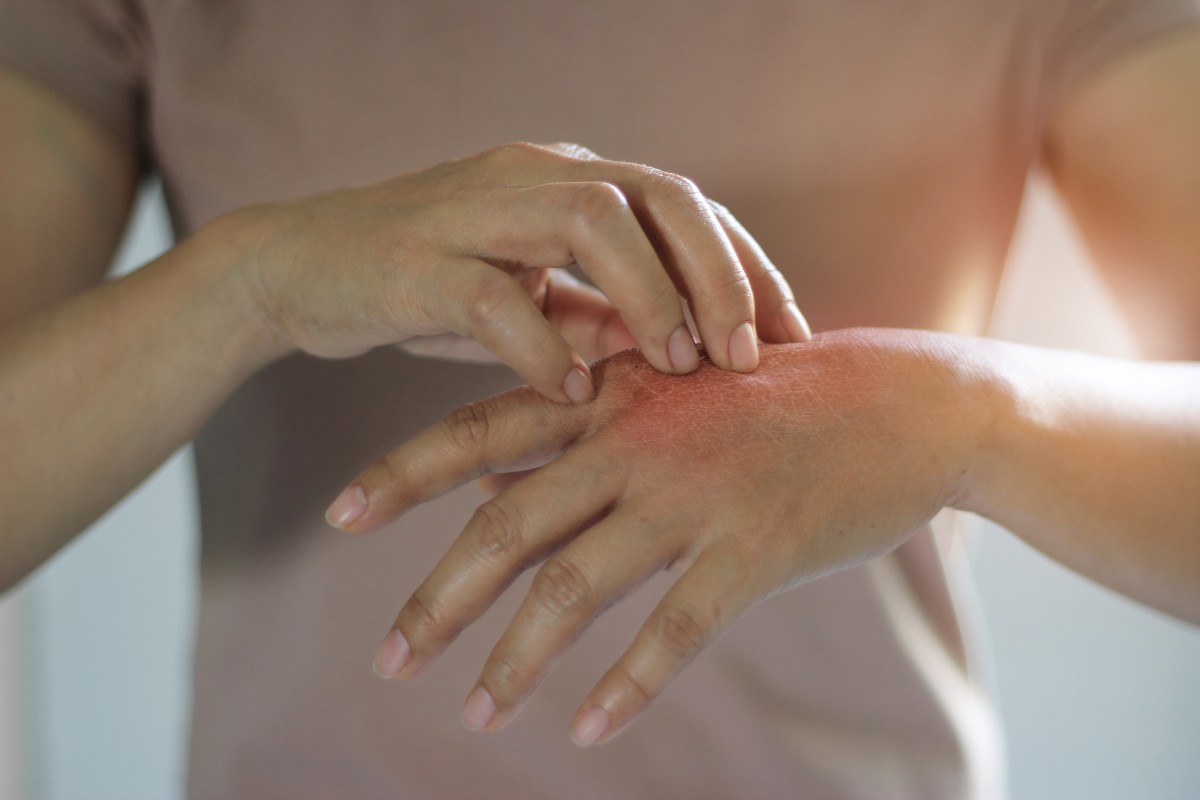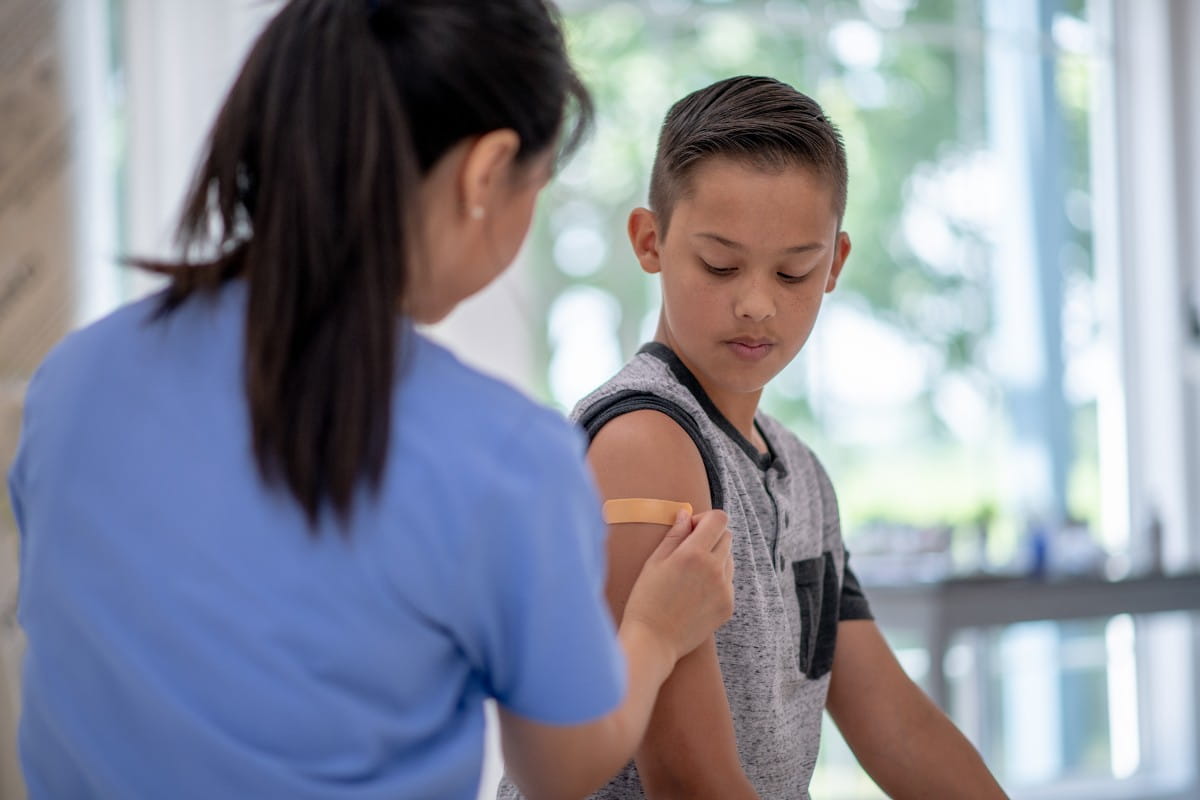Dermatitis is any type of skin irritation. It includes eczema (atopic dermatitis), contact dermatitis (such as poison ivy) and other types of irritated skin. If you have dermatitis, your skin may look red, purple or otherwise discolored. It may also be extremely dry or swollen.
“Dermatitis can affect people of all ages,” explains Derek Clark, D.O., a family medicine physician with Riverside Shore Medical Center at Metompkin. “However, some types are more common in adults and some types are more common in children.” It’s important to know that dermatitis is not contagious.
Types of dermatitis
Many types of dermatitis can affect your skin. Certain types cause constant symptoms, while others cause cycles of flare-ups followed by times without symptoms. Some of the most common types of dermatitis are:
Contact dermatitis
This dermatitis occurs in response to a specific substance touching the skin. The immune response develops into a rash that may blister, burn, itch or sting.
Dyshidrotic dermatitis
In this type of dermatitis, the skin cannot protect itself. People with this condition have dry, itchy skin – often with tiny blisters. Dyshidrotic dermatitis primarily affects the hands and feet. “You may be at an increased risk for this type of dermatitis if you sweat heavily on your hands or feet,” says Dr. Clark.
Eczema
Also known as atopic dermatitis, this skin condition typically develops in babies. However, it can occur for the first time in older children or adults. Symptoms of eczema come and go over time. During eczema flare-ups, a person will experience dry, itchy or rough skin. Eczema has a genetic component, meaning that it runs in families.
Seborrheic dermatitis
This type of skin irritation most commonly occurs on the scalp and is known as “cradle cap” in babies. However, it can occur in people of all ages and affect other areas of the body, including the face, chest and around the ears. Seborrheic dermatitis causes dandruff, scaly patches of skin and skin discoloration.
Dermatitis symptoms
The symptoms of dermatitis depend on the type of skin irritation you have. However, in general, dermatitis causes changes to the skin that may include:
- Blisters
- Discolored skin
- Itchiness
- Painful skin that burns or stings
- Rashes
- Swelling
- Very dry or cracked skin
Treatments for dermatitis
“Treatment for dermatitis depends on the type of skin irritation you have, the severity of your symptoms, the underlying cause and your overall health,” explains Dr. Clark. Your doctor may recommend you try one or more of the following treatment options:
- Avoiding the irritant if you have contact dermatitis
- Cool, wet cloths to soothe skin irritation
- Lotions or creams to reduce skin dryness
- Medications to address itching and allergies, such as an antihistamine
- Oatmeal baths to reduce itchiness
- Phototherapy (exposing the affected area to specialized light)
- Reducing stress if that triggers your flare-ups
- Steroid topical creams to reduce itchiness and swelling, such as hydrocortisone
If you’ve developed an infection due to dermatitis, your doctor will likely prescribe an antibiotic or antifungal medication to clear up the infection.
Get care today
If your skin is painful, uncomfortable or infected, make an appointment with your Riverside Health primary care provider.



